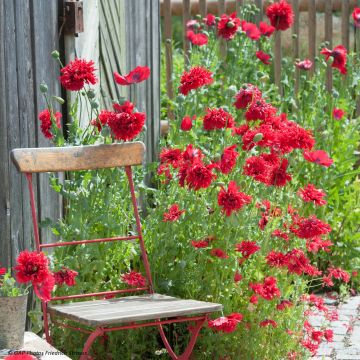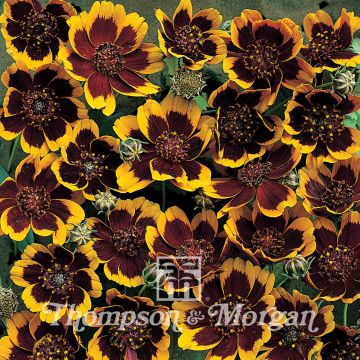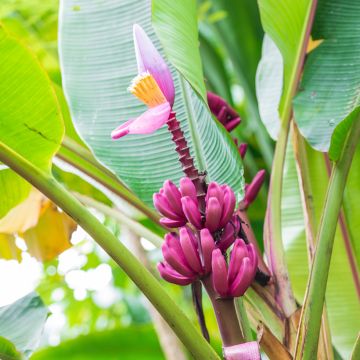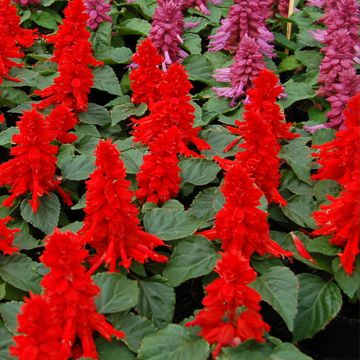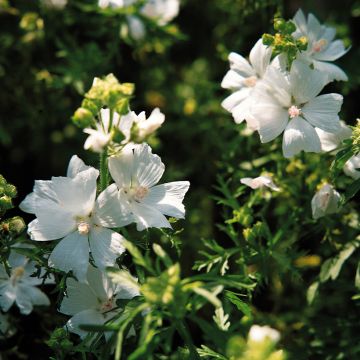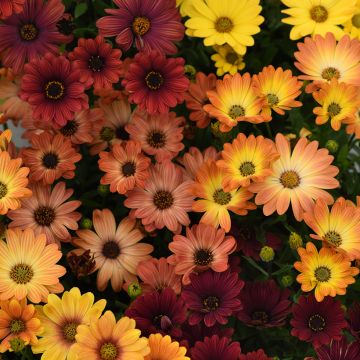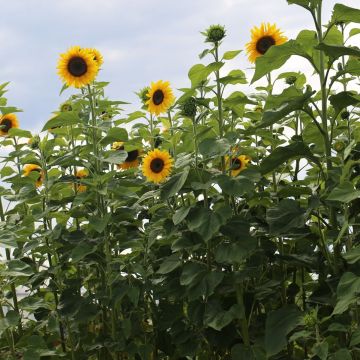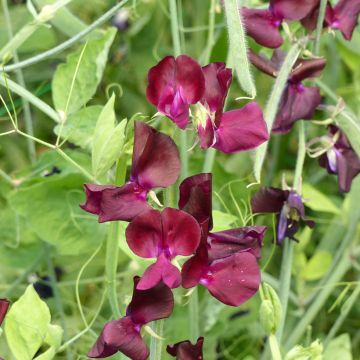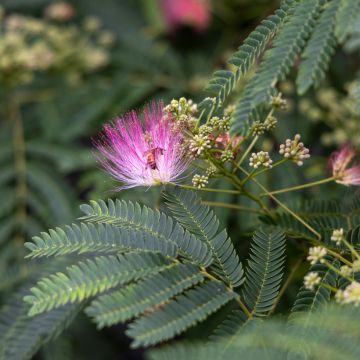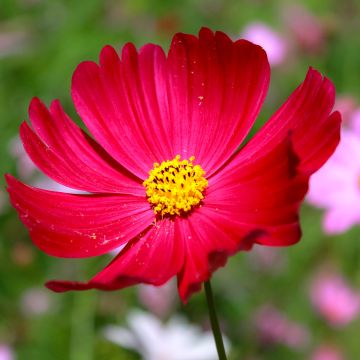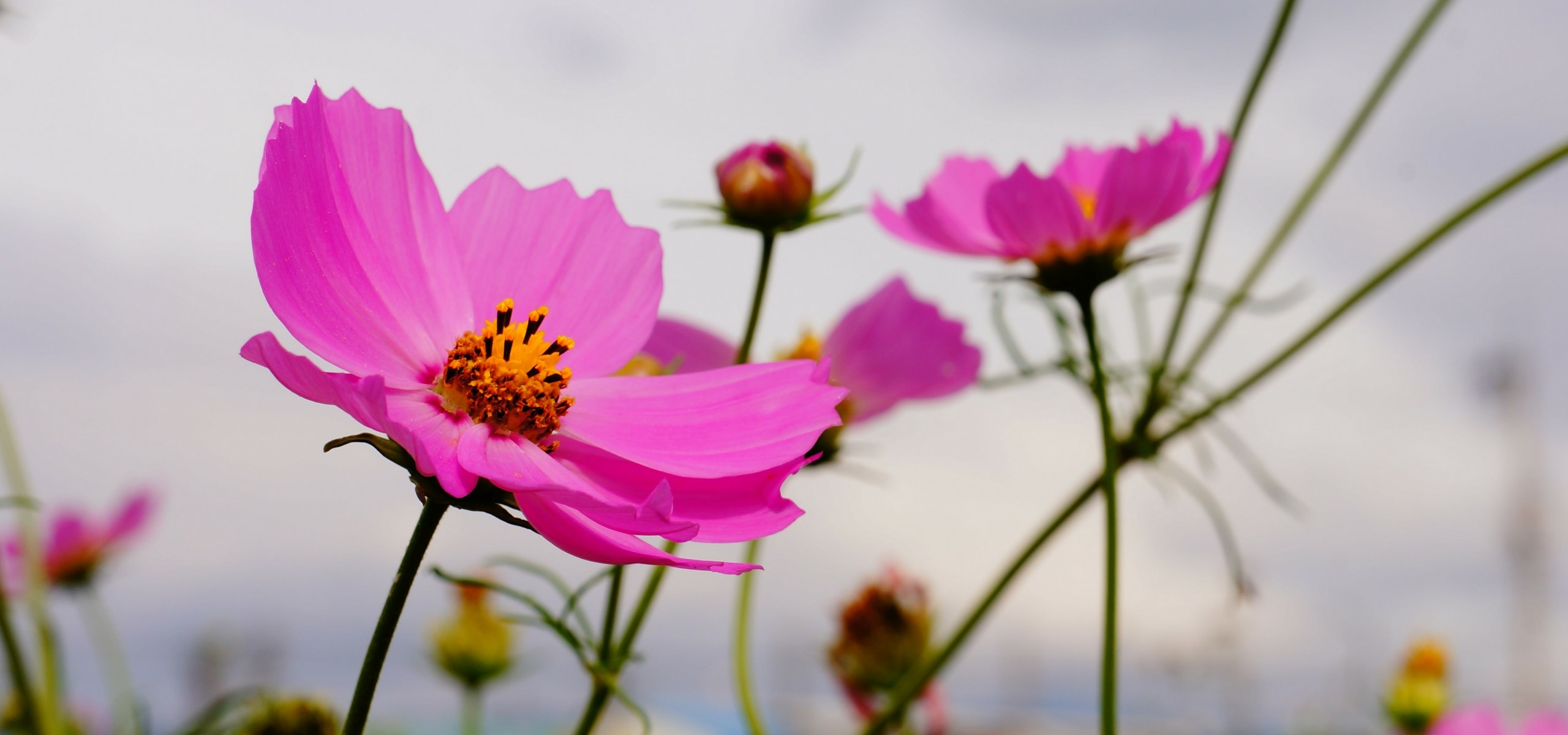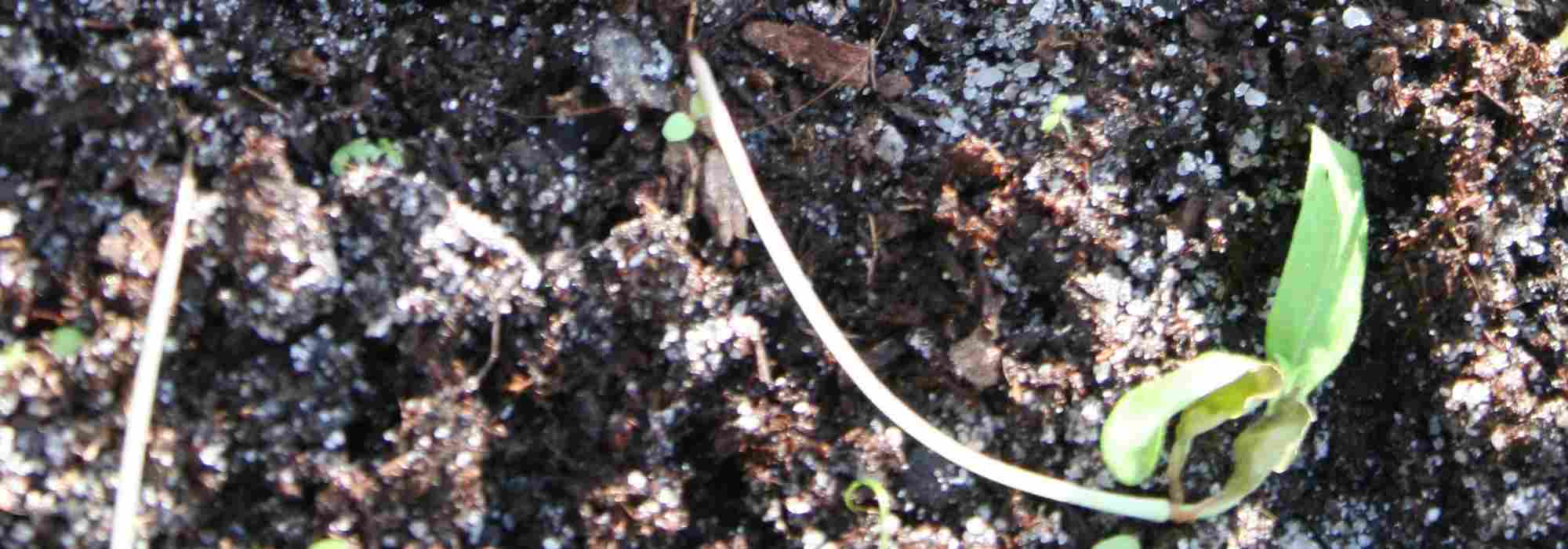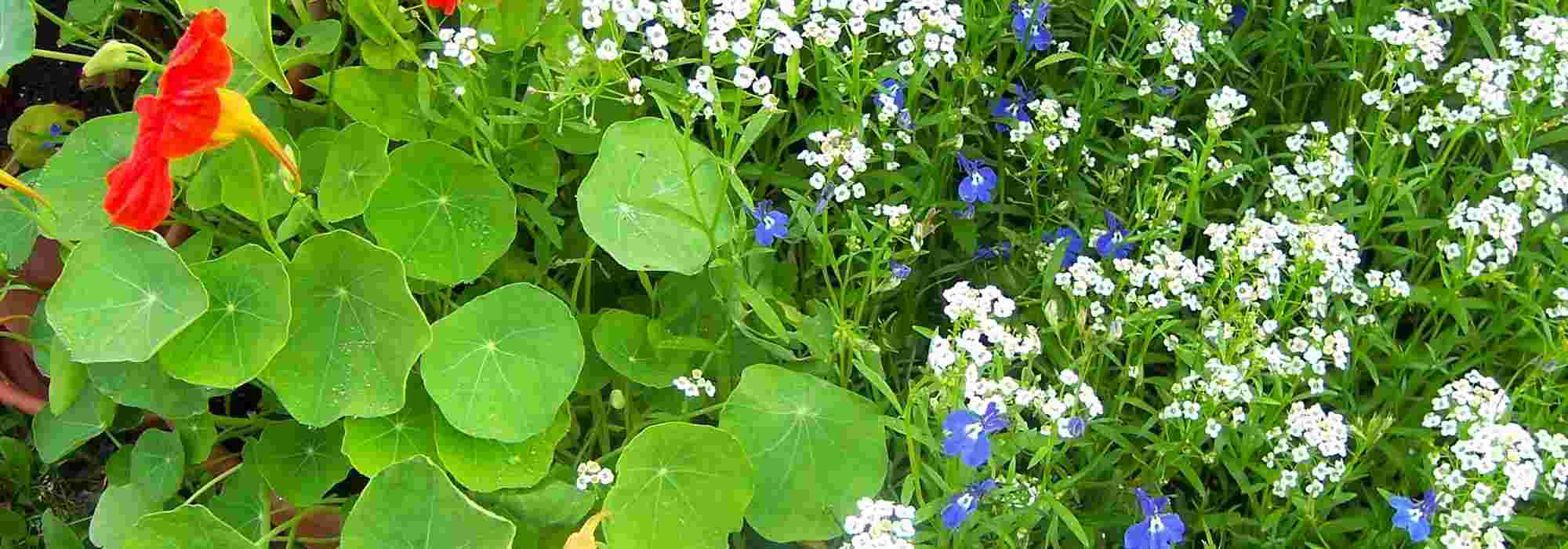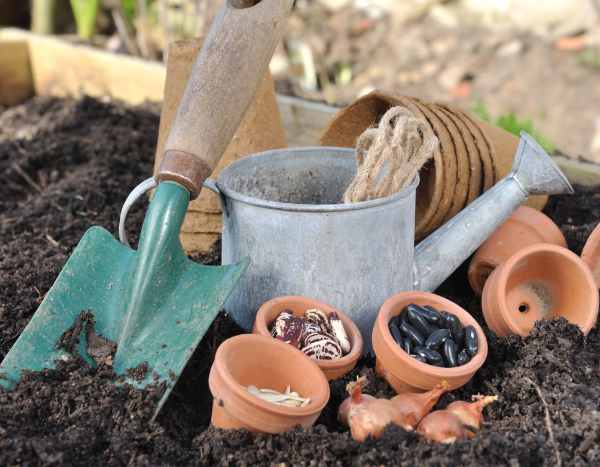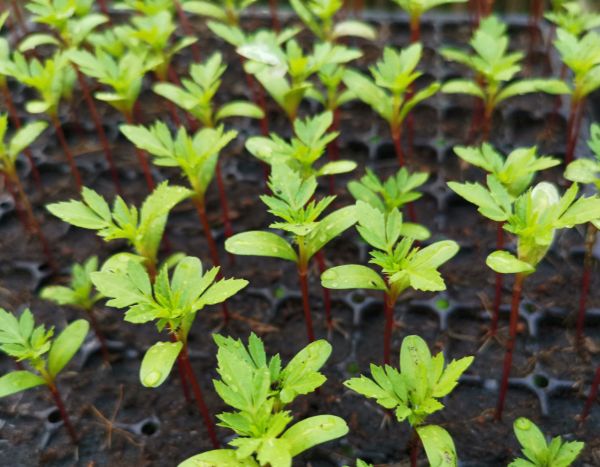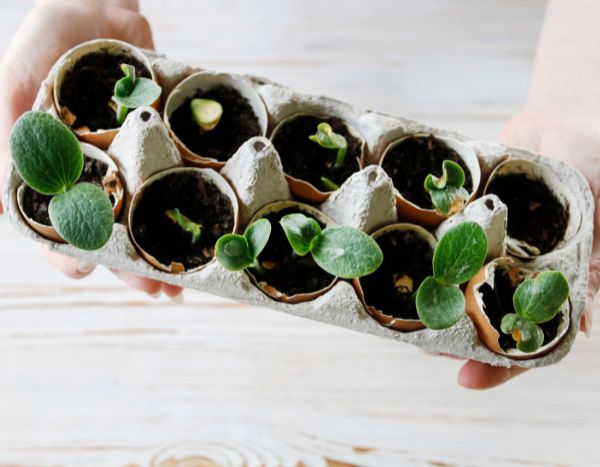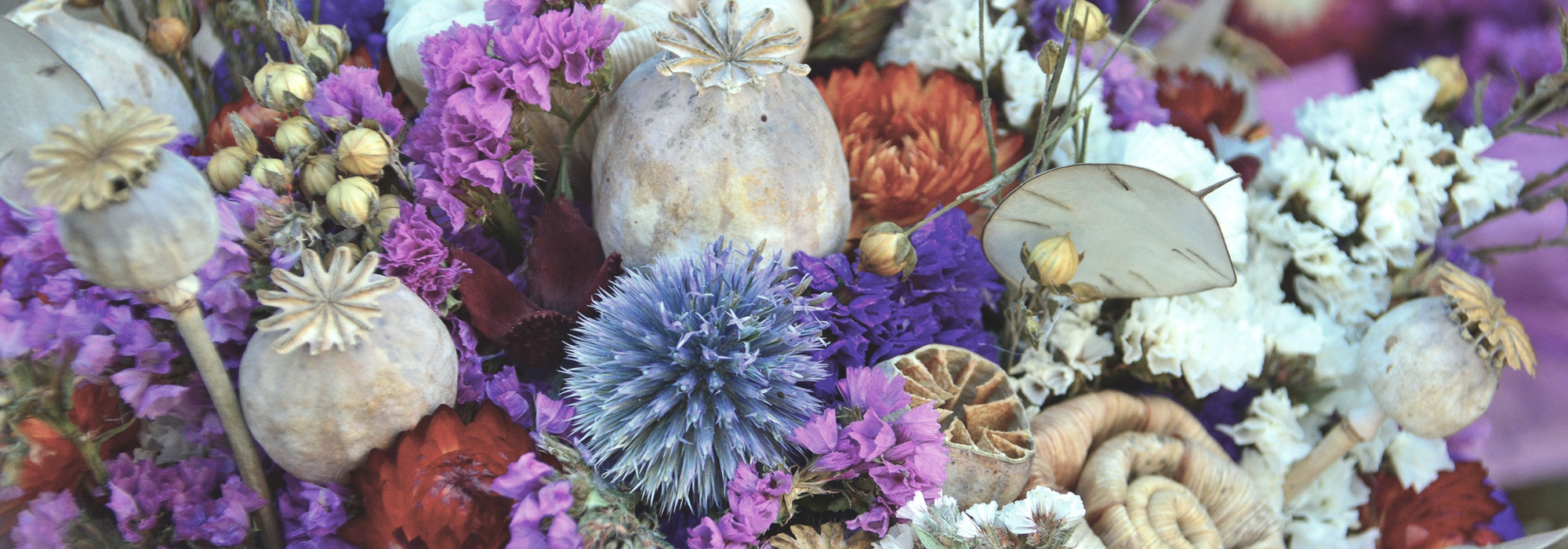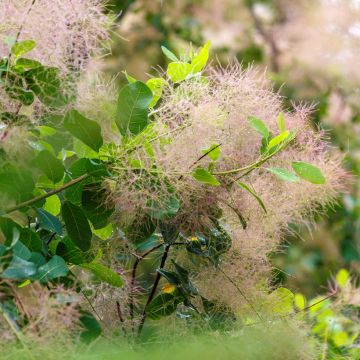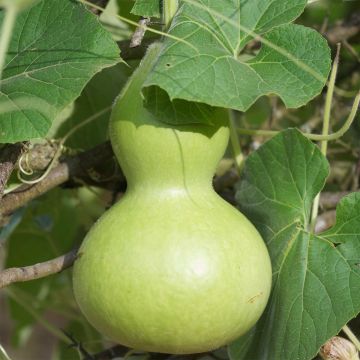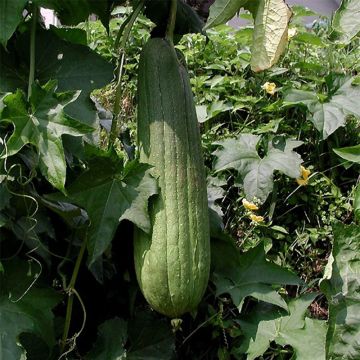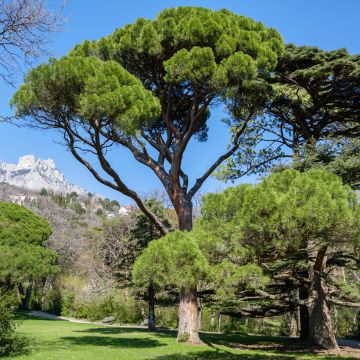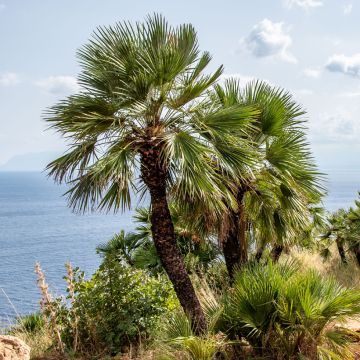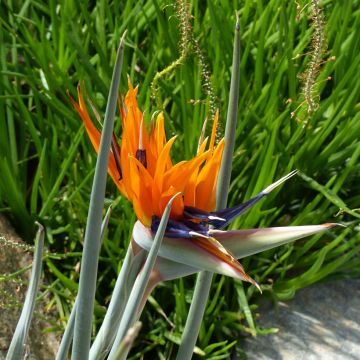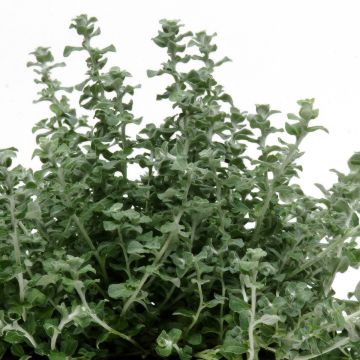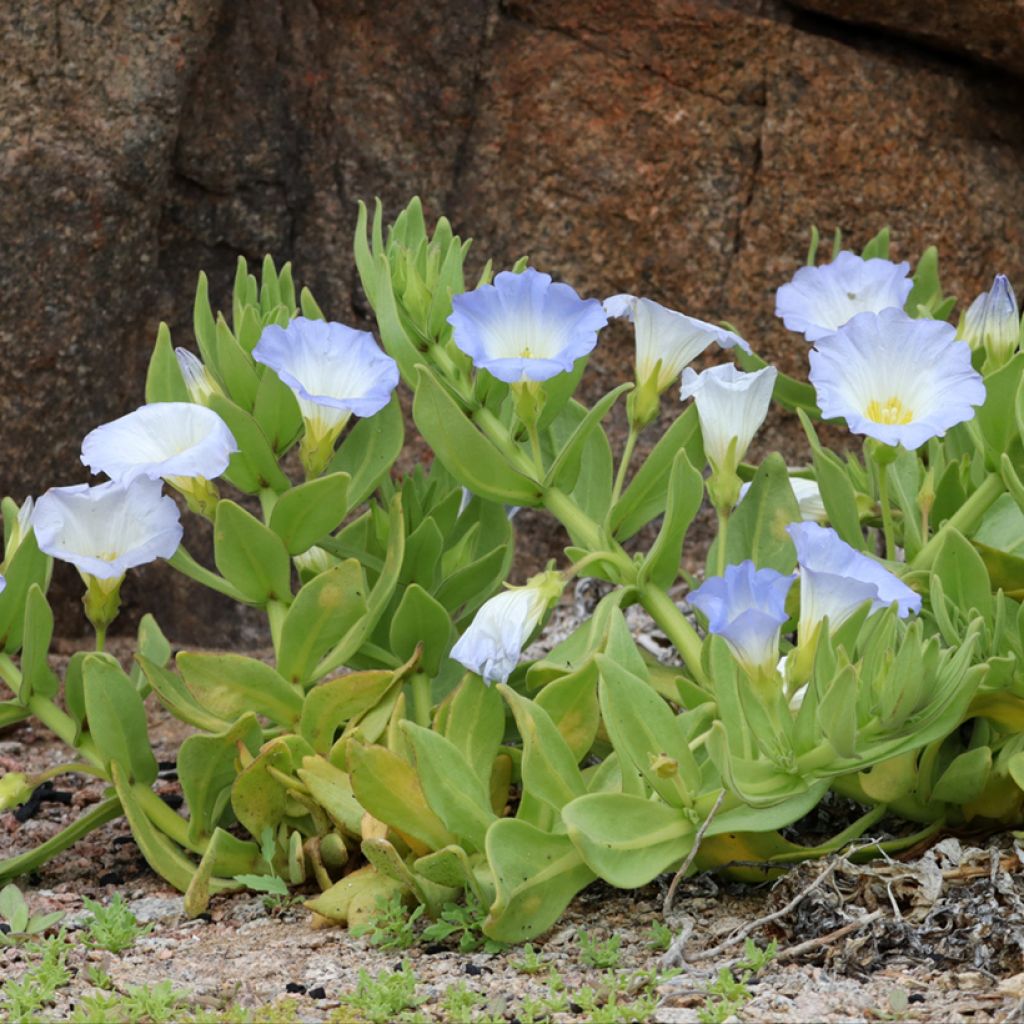

Nolana paradoxa seeds
Nolana paradoxa seeds
Nolana paradoxa subsp. atriplicifolia
Special offer!
Receive a €20 voucher for any order over €90 (excluding delivery costs, credit notes, and plastic-free options)!
1- Add your favorite plants to your cart.
2- Once you have reached €90, confirm your order (you can even choose the delivery date!).
3- As soon as your order is shipped, you will receive an email containing your voucher code, valid for 3 months (90 days).
Your voucher is unique and can only be used once, for any order with a minimum value of €20, excluding delivery costs.
Can be combined with other current offers, non-divisible and non-refundable.
Home or relay delivery (depending on size and destination)
Schedule delivery date,
and select date in basket
This plant carries a 6 months recovery warranty
More information
We guarantee the quality of our plants for a full growing cycle, and will replace at our expense any plant that fails to recover under normal climatic and planting conditions.
Would this plant suit my garden?
Set up your Plantfit profile →
Description
Nolana paradoxa is a non-hardy perennial plant, grown as an annual in our latitudes. It has a low, creeping habit, creating a colourful and flowery carpet in summer with small funnel-shaped blue flowers with a contrasting yellow and white centre. Its almond-green slightly succulent foliage covers flexible stems that generously spread in rockeries, planters, or hanging baskets. It thrives in full sun, in ordinary soil, even if occasionally dry.
Nolana paradoxa has several botanical synonyms: Sorema acuminata, Nolana atriplicifolia, Nolana acuminata, Nolana rupicola. It belongs to the solanaceae family. It is a frost-sensitive perennial plant, native to South America, Chile, and Peru. It is a small creeping plant, reaching up to 20 cm in height and 60 cm in spread, with alternate slightly succulent leaves in a beautiful almond green. It is grown as an annual in colder climates due to its lack of frost resistance, although it is perennial in a greenhouse. Its trumpet-shaped flowers bloom abundantly throughout the summer, from June to September-October. They are bright blue, with a vivid yellow throat surrounded by a white circle. Each flower has a five-lobed calyx, a widely flared funnel-shaped corolla, and five stamens. The succulent creeping stems are covered with small, pointed, fleshy leaves, a characteristic adaptation to dry conditions.
Easy to grow and requiring minimal maintenance, nolanas offer prolonged flowering, are easy to cultivate from seeds, and tolerate drought. Nolana paradoxa makes an ideal ground cover for dry areas, rockeries, or walls. It is perfect for creating lovely borders in a raised bed, in combination with plants like Nepeta cataria, Artemisia schmidtiana 'Nana', Delosperma cooperii, Thymus serpyllum, or Lippia nodiflora. It also adapts very well to planters and hanging baskets.
Report an error about the product description
Flowering
Foliage
Plant habit
Botanical data
Nolana
paradoxa subsp. atriplicifolia
Nolanaceae
Sorema acuminata, Nolana atriplicifolia, Nolana acuminata, Nolana rupicola
South America
Other Flower seeds A to Z
View all →Planting and care
Sow Nolana paradoxical from February to May.
Sow the seeds on the surface of a well-draining, moist mix. Cover the seeds with a fine pinch of compost or vermiculite. Place the container in a propagator or enclose it in a polythene bag and keep at a temperature of 18-20 °C until germination, which usually takes 7 to 21 days. Do not exclude light, as it facilitates germination.
When the young plants are sufficiently developed, transplant them into 7.5 cm pots or trays. Gradually acclimatise them to cooler conditions for a few days before placing them outdoors, after all risk of frost, spaced 30 cm apart. Choose a very sunny location and well-draining soil.
Sowing period
Intended location
Planting & care advice
This item has not been reviewed yet - be the first to leave a review about it.
Similar products
Haven't found what you were looking for?
Hardiness is the lowest winter temperature a plant can endure without suffering serious damage or even dying. However, hardiness is affected by location (a sheltered area, such as a patio), protection (winter cover) and soil type (hardiness is improved by well-drained soil).

Photo Sharing Terms & Conditions
In order to encourage gardeners to interact and share their experiences, Promesse de fleurs offers various media enabling content to be uploaded onto its Site - in particular via the ‘Photo sharing’ module.
The User agrees to refrain from:
- Posting any content that is illegal, prejudicial, insulting, racist, inciteful to hatred, revisionist, contrary to public decency, that infringes on privacy or on the privacy rights of third parties, in particular the publicity rights of persons and goods, intellectual property rights, or the right to privacy.
- Submitting content on behalf of a third party;
- Impersonate the identity of a third party and/or publish any personal information about a third party;
In general, the User undertakes to refrain from any unethical behaviour.
All Content (in particular text, comments, files, images, photos, videos, creative works, etc.), which may be subject to property or intellectual property rights, image or other private rights, shall remain the property of the User, subject to the limited rights granted by the terms of the licence granted by Promesse de fleurs as stated below. Users are at liberty to publish or not to publish such Content on the Site, notably via the ‘Photo Sharing’ facility, and accept that this Content shall be made public and freely accessible, notably on the Internet.
Users further acknowledge, undertake to have ,and guarantee that they hold all necessary rights and permissions to publish such material on the Site, in particular with regard to the legislation in force pertaining to any privacy, property, intellectual property, image, or contractual rights, or rights of any other nature. By publishing such Content on the Site, Users acknowledge accepting full liability as publishers of the Content within the meaning of the law, and grant Promesse de fleurs, free of charge, an inclusive, worldwide licence for the said Content for the entire duration of its publication, including all reproduction, representation, up/downloading, displaying, performing, transmission, and storage rights.
Users also grant permission for their name to be linked to the Content and accept that this link may not always be made available.
By engaging in posting material, Users consent to their Content becoming automatically accessible on the Internet, in particular on other sites and/or blogs and/or web pages of the Promesse de fleurs site, including in particular social pages and the Promesse de fleurs catalogue.
Users may secure the removal of entrusted content free of charge by issuing a simple request via our contact form.
The flowering period indicated on our website applies to countries and regions located in USDA zone 8 (France, the United Kingdom, Ireland, the Netherlands, etc.)
It will vary according to where you live:
- In zones 9 to 10 (Italy, Spain, Greece, etc.), flowering will occur about 2 to 4 weeks earlier.
- In zones 6 to 7 (Germany, Poland, Slovenia, and lower mountainous regions), flowering will be delayed by 2 to 3 weeks.
- In zone 5 (Central Europe, Scandinavia), blooming will be delayed by 3 to 5 weeks.
In temperate climates, pruning of spring-flowering shrubs (forsythia, spireas, etc.) should be done just after flowering.
Pruning of summer-flowering shrubs (Indian Lilac, Perovskia, etc.) can be done in winter or spring.
In cold regions as well as with frost-sensitive plants, avoid pruning too early when severe frosts may still occur.
The planting period indicated on our website applies to countries and regions located in USDA zone 8 (France, United Kingdom, Ireland, Netherlands).
It will vary according to where you live:
- In Mediterranean zones (Marseille, Madrid, Milan, etc.), autumn and winter are the best planting periods.
- In continental zones (Strasbourg, Munich, Vienna, etc.), delay planting by 2 to 3 weeks in spring and bring it forward by 2 to 4 weeks in autumn.
- In mountainous regions (the Alps, Pyrenees, Carpathians, etc.), it is best to plant in late spring (May-June) or late summer (August-September).
The harvesting period indicated on our website applies to countries and regions in USDA zone 8 (France, England, Ireland, the Netherlands).
In colder areas (Scandinavia, Poland, Austria...) fruit and vegetable harvests are likely to be delayed by 3-4 weeks.
In warmer areas (Italy, Spain, Greece, etc.), harvesting will probably take place earlier, depending on weather conditions.
The sowing periods indicated on our website apply to countries and regions within USDA Zone 8 (France, UK, Ireland, Netherlands).
In colder areas (Scandinavia, Poland, Austria...), delay any outdoor sowing by 3-4 weeks, or sow under glass.
In warmer climes (Italy, Spain, Greece, etc.), bring outdoor sowing forward by a few weeks.






























